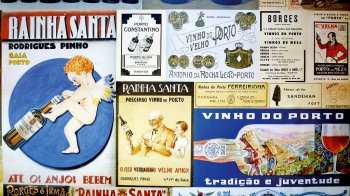Explore the best places
Cultural Centers in Porto
Passos Manuel
- leisure
Rua Passos Manuel, 137
4000-385, Porto
The cinema Passos Manuel is embedded in a cultural pole which also covers a bar. There are also several concerts and other cultural activities.
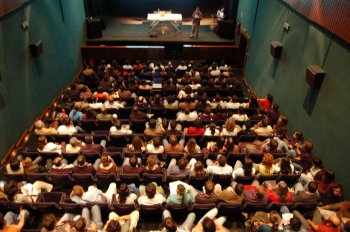
Auditório Francisco de Assis
- art
Rua do Amial, 478 - Colégio Luso Francês
4200-055, Porto
Localizado em Paranhos, o Auditório Francisco de Assis dispõe de 399 lugares, sendo seis para mobilidade reduzida, e de equipamentos e infraestruturas que permitem acolher todo o tipo de eventos empresariais, socioculturais, artísticos e académicos.
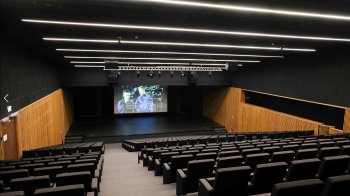
Teatro de Belomonte - Teatro de Marionetas do Porto
- art
Rua de Belomonte, 57
4050-097, Porto
The Teatro da Marionetas (puppets’ theatre) was founded in 1988, aiming the production of puppets’ shows. It tried, from the beginning, to renew ancient forms of puppet-show, such as the Dom Roberto show. In 1992, the puppet theatre opened the Belomonte Theatre, exclusively for this company's events.
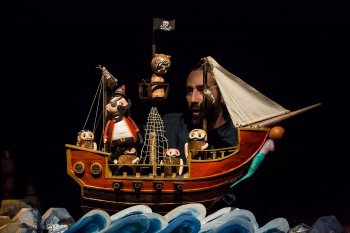
Hard Club
- art
Praça do Infante Dom Henrique - Antigo Mercado Ferreira Borges
4050-295, Porto
After working for nine years on Gaia, marking undeniably the musical panorama of the North, Hard Club reopens, now in the Harbor, more properly in the old Market Ferreira Borges. Has three stages, food court, shop of disks and books, animation, cinema, theatre, exhibitions and children's animation.
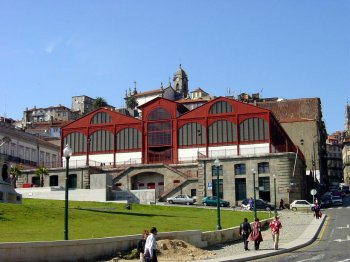
Coliseu Porto Ageas
- art
Rua Passos Manuel, 137
4000-385, Porto
Opened in December, 19th, 1941, the Coliseu is the biggest playhouse in the north region of the country, with 3000 seats. It has been welcoming great show names, from Bob Dylan, Caetano Veloso, Amália Rodrigues, to the big orchestras, such as the Munich Band, Paris Band and to the great opera singers such as José Carreras and Monserrat. It presents several cultural events, from which we point out the musical and dancing shows.

Centro Português de Fotografia
- heritage
Largo Amor de Perdição
4050-008, Porto
Instalado no edifício da antiga Cadeia da Relação, o Centro Português de Fotografia foi criado em 1997, ainda antes da total requalificação e ampliação. Desde 2001, o Centro oferece um programa anual de exposições temporárias a par do Núcleo Museológico permanente que inclui uma tão rara quanto valiosa exposição de máquinas fotográficas. Os visitantes podem aceder ainda a uma biblioteca especializada, uma loja, e um serviço gratuito de visitas guiadas ao edifício e às exposições.
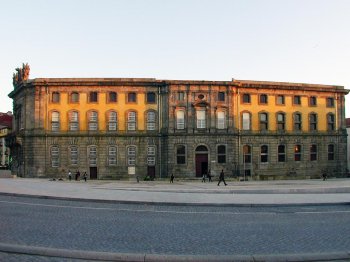
Casa Museu Marta Ortigão Sampaio
- heritage
Rua Nossa Senhora de Fátima, 291
4050-428, Porto
This House-Museum, donated by Marta Ortigão Sampaio to the Porto municipality, rebuilds the atmosphere of the former owner, showing mostly jewellery and painting (we point out the works of Aurélia de Sousa, Sofia de Sousa and other painters from the end of the XIX, beginning of the XX centuries).
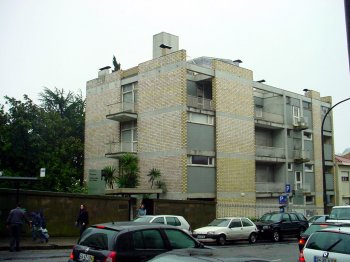
Museu da Faculdade de Belas Artes da Universidade do Porto
- heritage
Avenida Rodrigues de Freitas, 265
4049-021, Porto
The patrimony of this museum has a curiosity which distinguishes it from others: all the collections are the result of Works done during the teaching and formation of the artists and tests of teaching contest. The best works are the representative of the best quality.
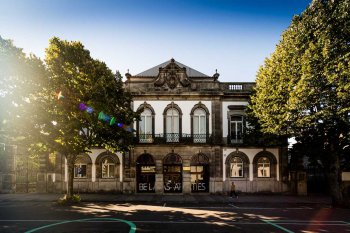
Casa da Música
- art
Praça Mouzinho de Albuquerque - Avenida da Boavista, 604-610
4100-357, Porto
Innovative architectural and cultural project dedicated to music, with a program that aims to cover the most diverse musical areas, from fado, opera, jazz, symphonic music, rock, electronic music, among others. This space hosts the following structures: Remix Ensemble, Remix Orquestra - Youth Orchestra, Opera Studio, Cybermusic and Educational Service.

Museu do Vinho do Porto
- heritage
Rua da Reboleira, 33-37
4050-492, Porto
Located at the Cais Novo Warehouses, where the wines of the Companhia Geral de Agricultura das Vinhas do Alto Douro used to be stored, this is a building that was constructed by the family Pinto da Cunha Saavedra in the 1700s. This space shows the privileged location of Oporto, as a commercial outpost, and relates mostly to the Port wine, the transportations, mainly along the Douro river, and the ways of life that were generated from those activities, namely with th coming of several foreign colonies. It has several programs for specific audiences.
